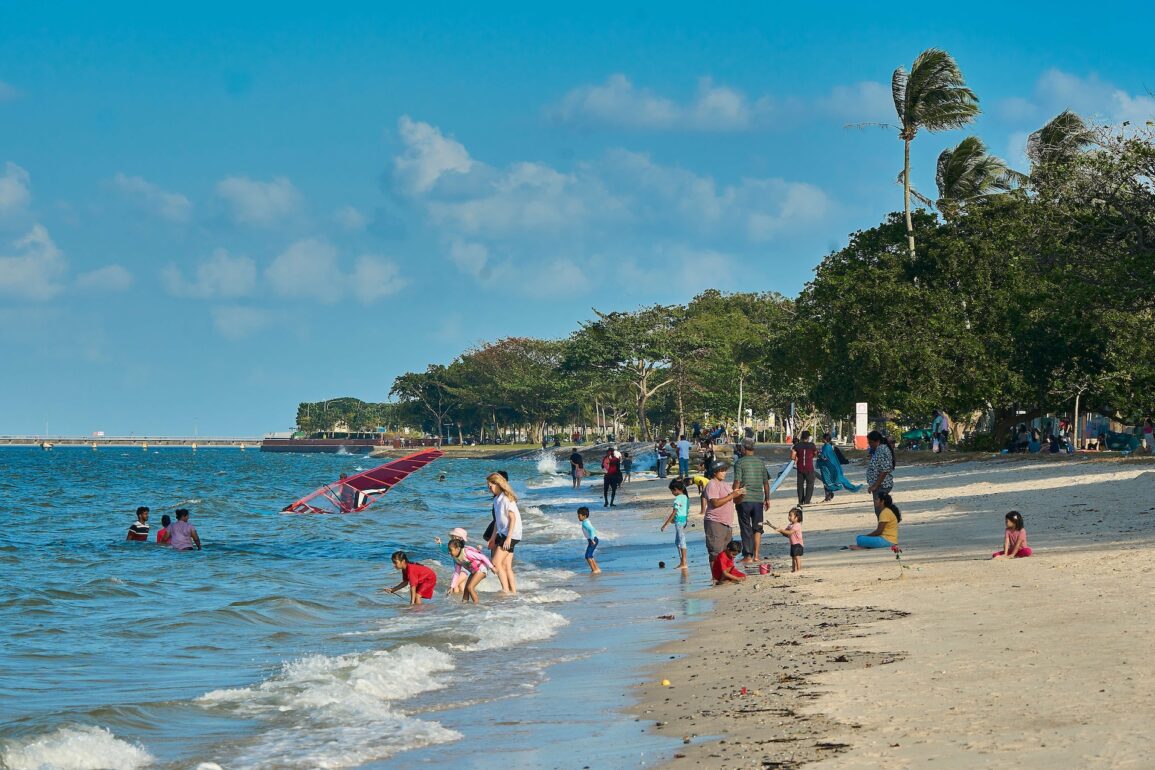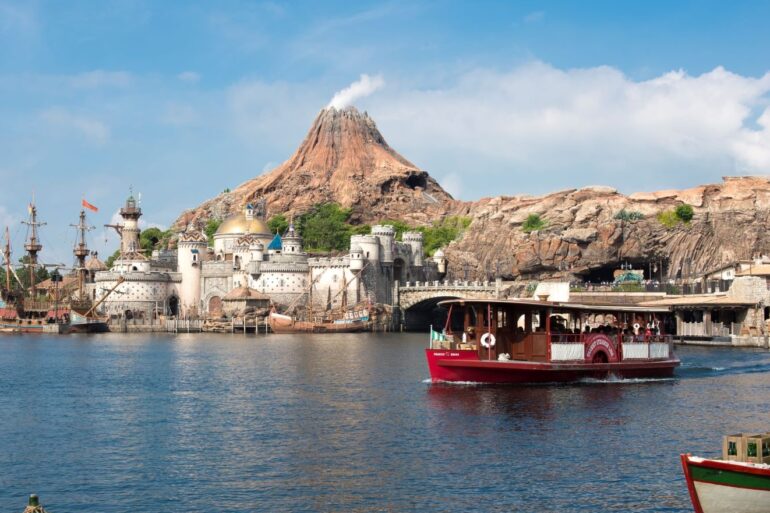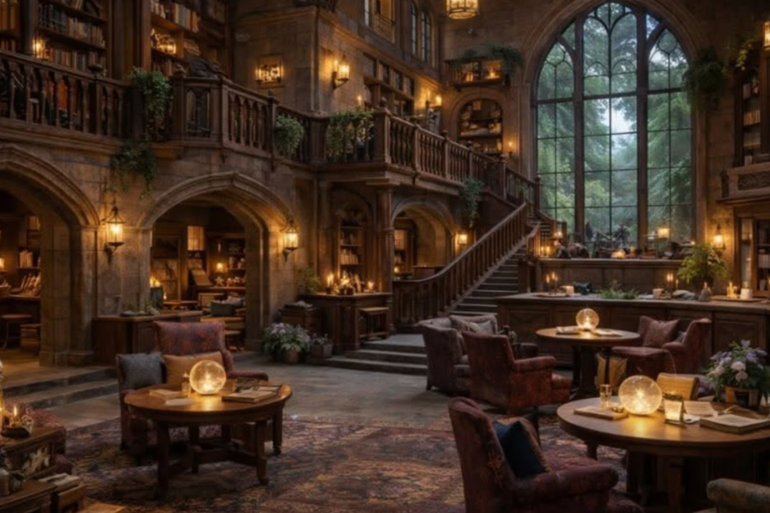The trail features 23 sites that shine the spotlight on the area’s history and the different eras associated with it.
When people travel to Singapore, they immediately think of going on a food trip, a visit to a theme park, and some shopping in between. Travelers don’t usually associate the city state with culture or history.
What some people don’t know is that Singapore is just as culturally rich as it is a financial and gastronomic powerhouse. It is, in fact, a melting pot of cultures. Malay, Chinese, Indian, Peranakan, and migrant communities all peacefully claim their own spot under the scorching Singaporean sun.
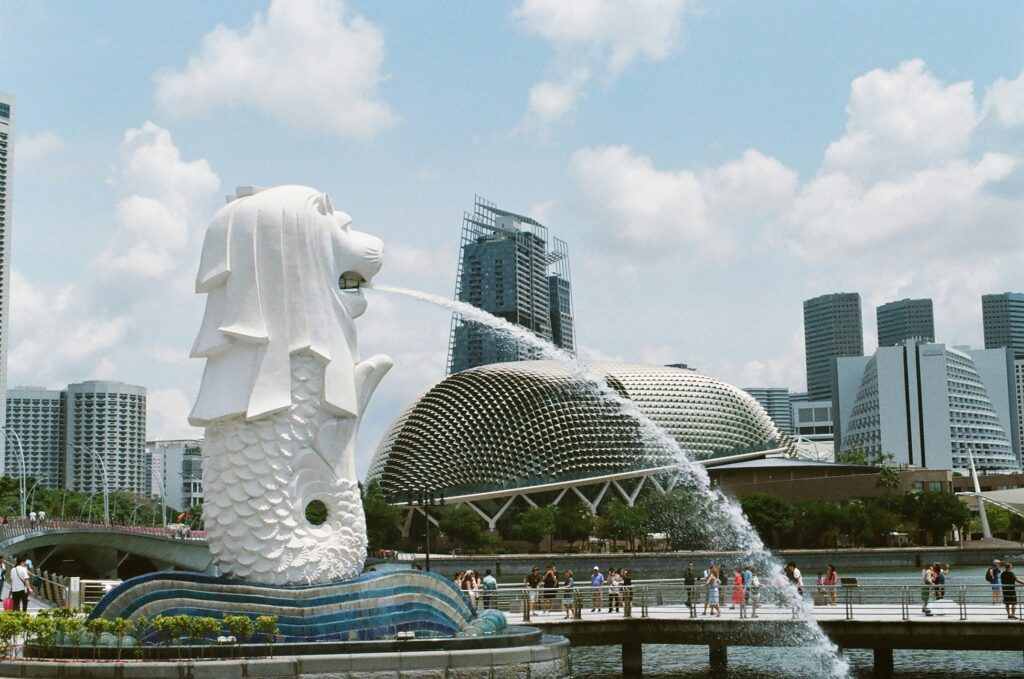


And to further promote the history of the tiny yet powerful Southeast Asian nation, Singapore’s National Heritage Board (NHB) launched its latest heritage trail according to an article in The Straits Times.
Named the Changi Heritage Trail, it features 23 sites that shine the spotlight on Changi’s history and the different eras associated with it, such as World War II, Changi Beach’s heritage, as well as the area’s present-day role as a world-class aviation hub.
From a fishing village to an iconic aviation hub
The area where Changi Airport is situated used to be a humble fishing community. Called Kampong Ayer Gemuroh, its people gave way to the development of the airport in the 1970s, and the airport police division now stands on what was once the bustling village.



While there are 23 sites in the trail, six of these are off limits to the public including Kampong Ayer Gemuroh. The public is also prohibited from accessing sites such as the Changi Prison or the bungalows near Changi Beach. These places, however, can be observed from the outside. Moreover, their histories are documented in a trail guide which also features 22 stories from community members.
Acknowledging how travelers have varied interests, the NHB curated three thematic routes for the self-guided trail. You can choose to take public transport to reduce the distance covered on foot for each route, especially since Singapore can be unbearably hot and humid on most days.
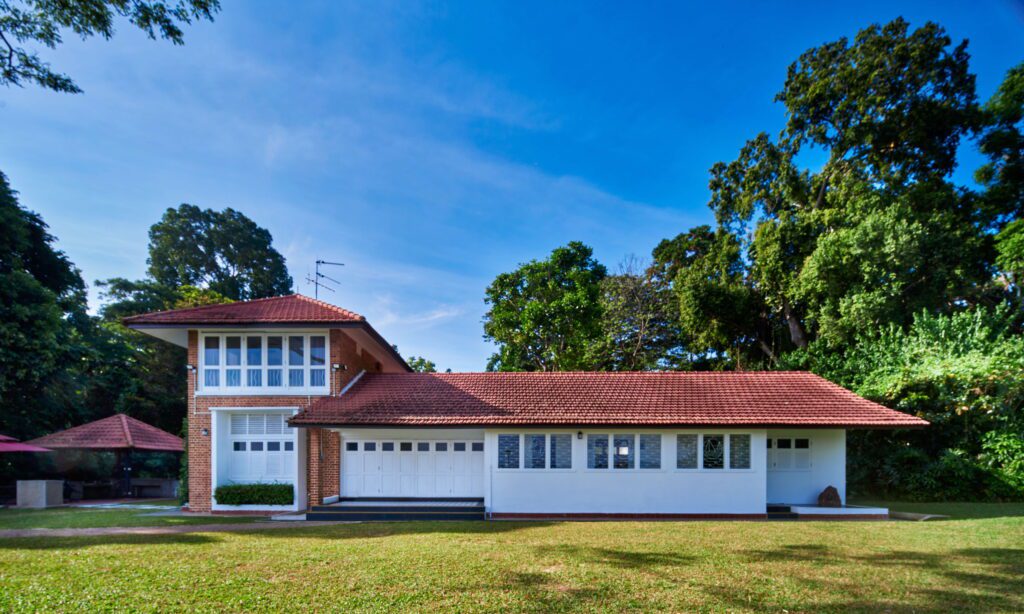


The first route, called “Bungalows and Beaches,” covers about 4 km around the area’s coastline. Visitors will find themselves walking past recreation clubs and old chalets. This trail also rewards travelers with the charming coastal views that have made Changi popular as a place for relaxation for centuries.
Travelers will also pass by Changi Cottage, which the city state’s founding prime minister Lee Kuan Yew once called home. There are also the chalets at Fairy Point that date to the late-1920s that served as accommodations for senior British military officers.
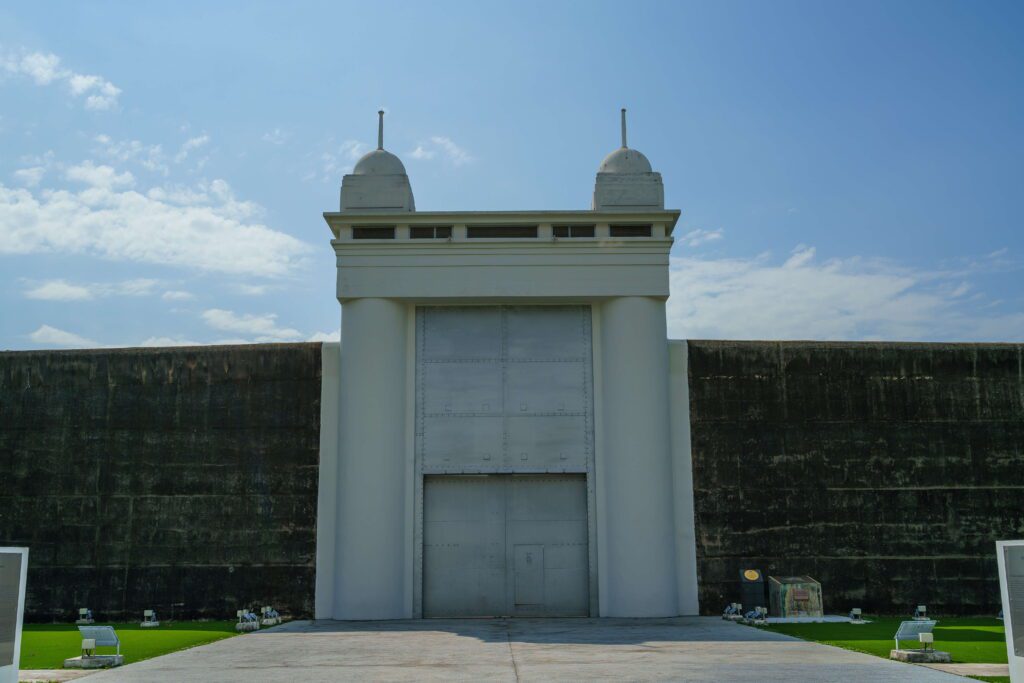


The second thematic route, “War and Peace in Changi,” takes participants through a longer route of about 7.6 km starting from Changi Prison. Opened in 1936, it is the oldest and largest prison in the country, covering an area of about 50 hectares.
According to the NHB, in the 1920s, the British chose Changi as the site for military quarters and artillery emplacements to protect an upcoming naval base. Barracks that were part of the quarters are part of this route, along with the former Changi Hospital which was completed in 1962 for the British Royal Air Force.
This area also saw a dark period in Singapore’s history, when Changi Beach became one of the sites where the Japanese carried out the Sook Ching massacre during World War II.
The newly revamped Singapore Navy Museum is an optional item in the route’s itinerary.
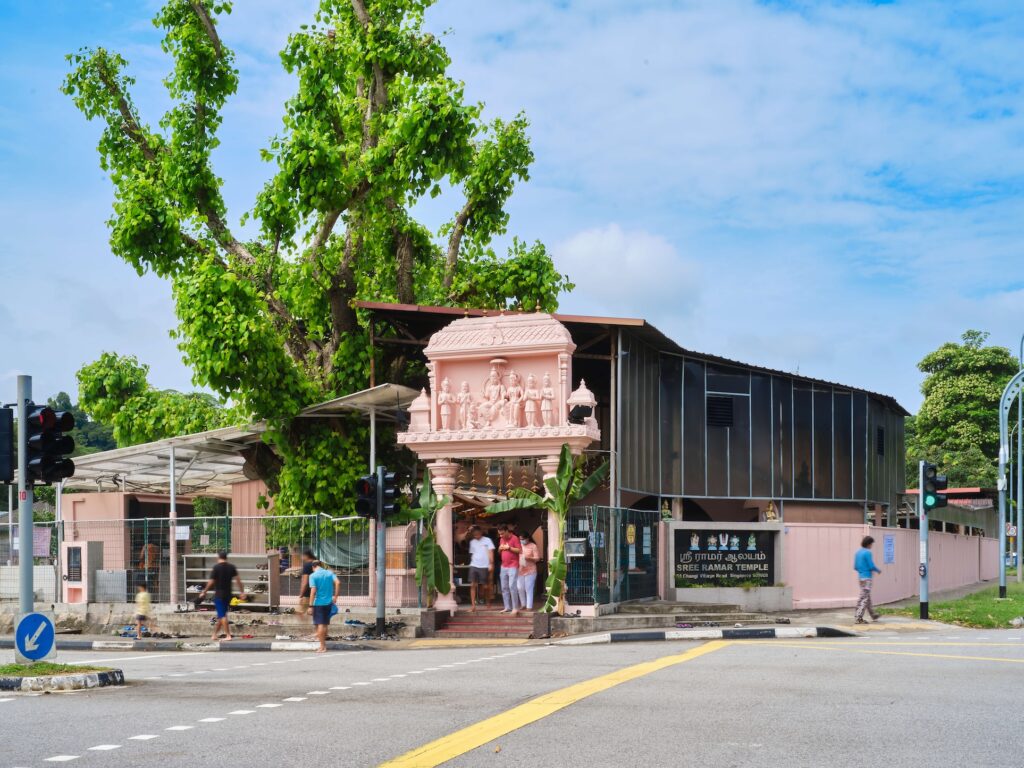


Photo from Changi Heritage Trail
The third route, “Gateways and Communities in Changi,” gives visitors a peek into the communities that lived and worked in the area. There’s the Yan Kit Village Chinese Temple near the Changi Prison Complex that was founded in 1939 by residents of the former village. The Sree Ramar Temple, meanwhile, was completed in 1946 and has its roots in a tree shrine regarded as sacred by the Hindu residents of Changi Point.



Photo by Charuka Herath from Unsplash
Changi Airport is the last stop of this route. Officially opened in 1981, the airport has since become one of the world’s best and busiest gateways.
One of the airport’s newest attraction is The Jewel at Changi, which has everything you could possibly want at an airport. Its 40m-high HSBC Rain Vortex, the world’s largest indoor waterfall, is mesmerizing any time of the day.
Taking on a greater ownership of a rich heritage
Alvin Tan, NHB’s deputy chief executive for policy and community, said the 22 community stories featured in the trail’s guide aim not only to help make historical narratives more relatable to the public but also instill a “sense of pride” in the community members who contributed their stories and photos.
“We hope that our community contributors will take on greater ownership of their heritage and become ambassadors for our heritage trails,” he said, as quoted in The Straits Times article.
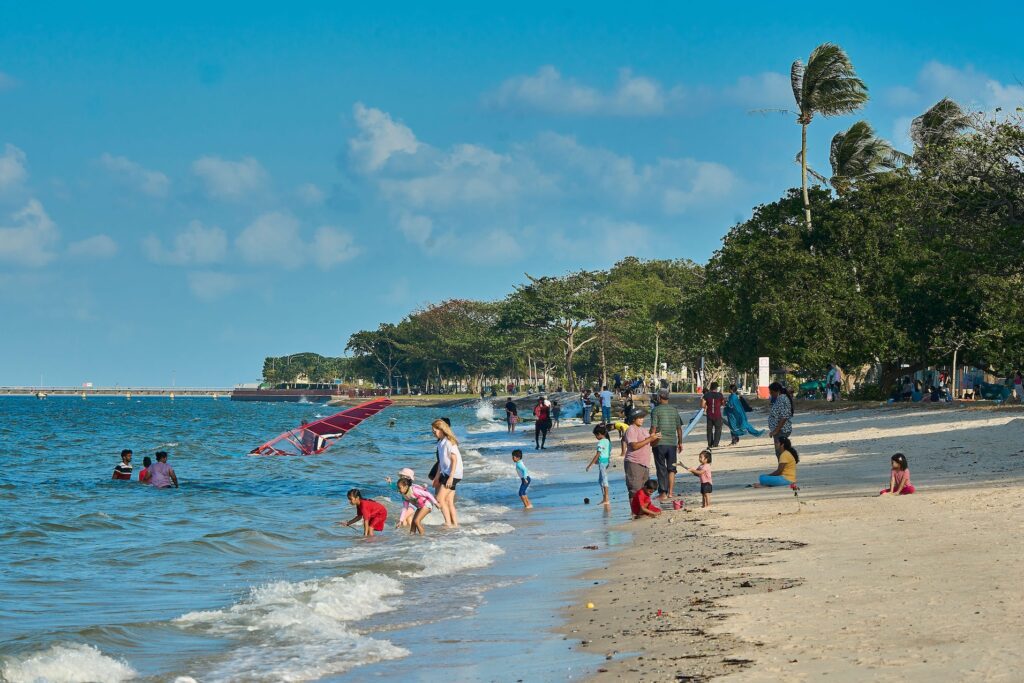


In 2025, Tan added that the NHB will “refresh” two of its 24 trails—the Yishun Heritage Trail and the Jubilee Walk—in celebration of Singapore’s 60th birthday.
Prior to the launch of the Changi Heritage Trail, the NHB unveiled the refreshed Ang Mo Kio and Toa Payoh heritage trails in 2023.
Changi Heritage Trail’s guide and map can be downloaded for free at go.gov.sg/roots-changi-heritage-trail. Limited print copies of the guide are available at Siglap Community Club, Changi Chapel and Museum, and the Asian Civilisations Museum.

